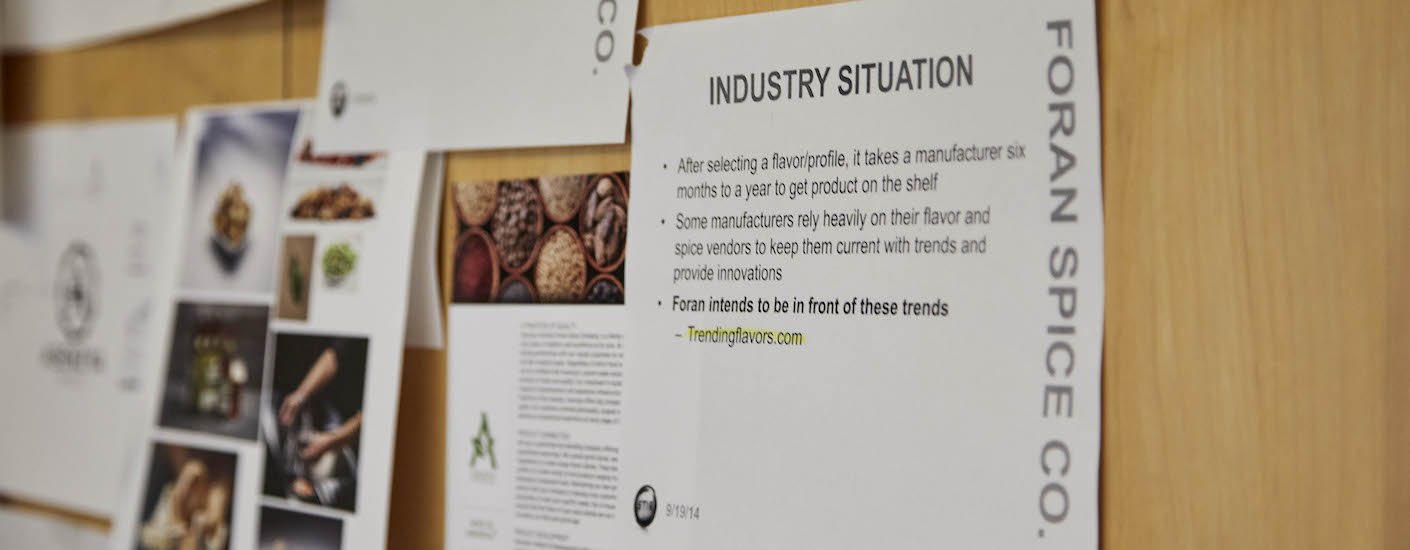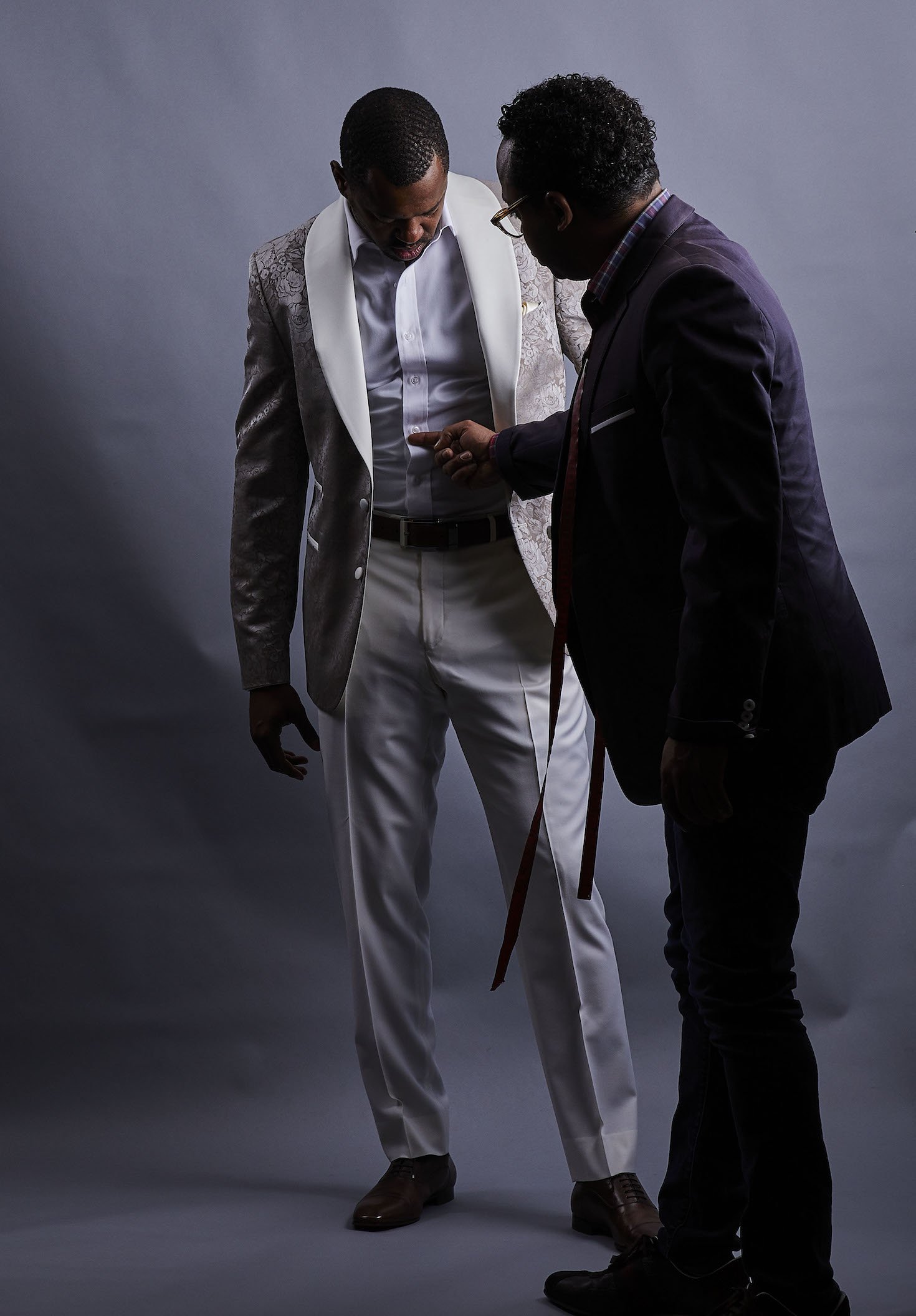On the surface, brands can seem one-dimensional: a logo on a package, the product it represents, a webpage, or some ads. While this would qualify as a brand by definition, often it carries little meaning, little equity, and little potential.
To create incremental value to the brand owner, a brand must be endowed with meaning. It is the meaning – the story –that determines how that brand is perceived and the degree to which it is preferred over alternatives. Some brands have stories that have evolved over the years and are continually refined. Other brands are new or reinvented, and the story needs to be retold or developed from scratch.
A CMO is always faced with the tasks of increasing sales, increasing profit, increasing awareness and preference. Many strategies can be employed to move in this direction, but without properly telling the brand story, success will be limited.
Defining Your Brand Story
Envision your brand as a person – a persona – with a personality. The more interesting, genuine, and compelling it is, the more trust it will garner. Consumers make snap decisions about the brand based on what they see.
Here are some of the underlying elements that drive consumer decisions about your brand:
- Why the brand exists
- How the brand evolved
- What the brand “believes in”
- Brand style cues
- Brand ethics – how it behaves
- Brand associations – where it is seen, who its friends are
- Brand credibility – what its credentials are
Telling Your Brand Story
You have to tell your brand story everywhere, and in every way. Make it as interesting as possible. Marketing professionals should set the tone for the company. The true test of success is whether this tone resonates with staff. Is it a point of pride? Can your staff effectively tell the brand story with credibility and enthusiasm?
To develop your brand story, carve out a sizable chunk of time to do the following:
- Make a list of your brand’s positive attributes. Don’t just include product attributes; outline the values and persona you want your brand to be known for.
- Define the sellable/winning position within the category.
- Connect attributes and story elements to marketing strategies.
- Generate a keyword strategy – sound bites that are consistently reinforced across every messaging platform.
Activating the Brand Story
You must employ an integrated marketing strategy to successfully activate your brand story. This plays out in traditional media, digital media and all relative brand touch points. You need gifted partners – a creative ad agency with integrated messaging capabilities to weave together the elements in a smart and seamless way. You also need a digital marketing agency that can build out the elements you need to carry the message.
You can save a great deal of money by finding one integrated advertising agency that provides:
- A comprehensive messaging platform, from point of sale to personal interactions over the counter and by phone
- A thorough review and rewrite of all of your existing communications assets
- All design elements from industrial design to packaging
- Websites, apps and digital properties
- Advertising creative
- Public relations
- Social media marketing
- Promotions
Giving Your Brand Story Longevity
You can, and should, build a strong, meaningful, integrated brand story that will positively affect sales, profit, ROI, perceptions and preferences. But you can’t do it alone. You need to involve other people as well as an agency that gets it.
The brand story is embellished, burnished and rewritten every day, but the most important chapter in the story is the one you are writing today.
This STIR blog also was published in the online PR news-source Bulldog Reporter, titled “PR Storytelling: How to Develop Your Brand’s Story.”
Brand Storytelling In Action

Cousins Subs approached us to help visually define the company’s brand pillars. This image, which was hung on the walls in Cousins stories and corporate locations, told the story of what their company stands for. Yes, they make subs, but the company also has a rich history doing great things for the community and their employees.
One of Cousins four brand pillars was “optimistic,” which this photo reflects in an attention-grabbing manner. The young girl in an old library tells the story of how at any age, you should keep learning, feed your curiosity and strive to grow.


